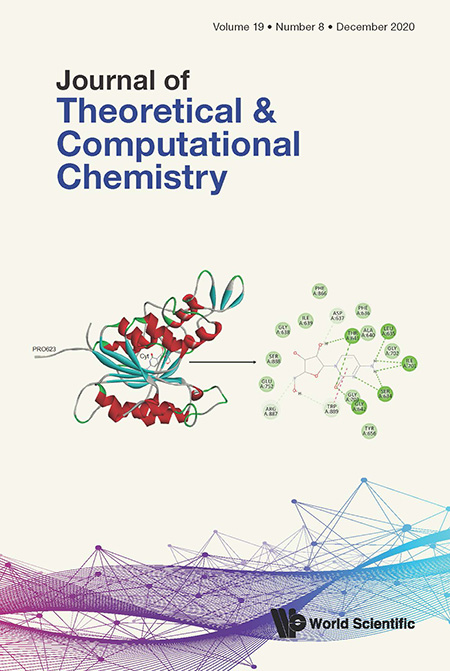Radical scavenging activity of hydroxycinnamic acids in polar and nonpolar solvents: A computational investigation
Abstract
The aim of this work is to perform a computational study of the radical scavenging activity of a series of common hydroxycinnamic acids (HCAs) in polar and nonpolar solvents in order to rationalize the experimental order obtained in ethanol and to analyze the solvent effect on mechanism and radical scavenging capacity. The thermodynamics of the main mechanisms, namely, hydrogen atom transfer (HAT), sequential proton loss followed by electron transfer (SPLET), and single electron transfer followed by proton transfer (SET-PT) were investigated at the M05-2X/6-31++G(d,pd,p) level of theory using the SMD solvation model. This study shows that the SET-PT mechanism is disfavored in all media, whereas HAT is the most thermodynamically favored mechanism in gas phase and SPLET is the preferred reaction pathway in pentyl ethanoate, ethanol and water. The thermodynamically preferred site of antioxidant action and the radical scavenging order are predicted using the BDEminmin and (PA++ETE)minmin descriptors corresponding to the HAT and SPLET mechanisms, respectively. The obtained results point out that the mechanism and the radical scavenging potency are influenced by solvent polarity and our predictions are in agreement with the experimental measurements performed in ethanol giving the following descending order: caffeic acid>sinapicacid>sinapicacid>ferulicacid>ferulicacid>pacid>p-coumaric acid. Our results also show that the ortho substitution of caffeic acid by strong electron donating groups leads to a notable increase of their radical scavenging activity and new potent HCA derivatives are designed.



